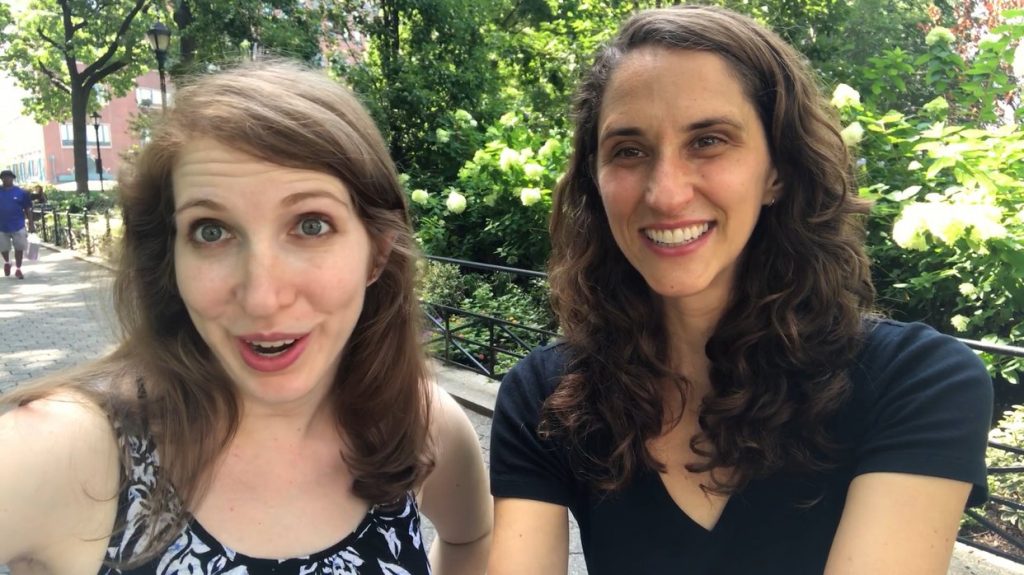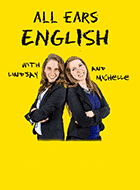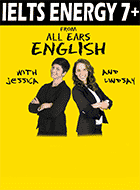
Do you ever struggle to give people directions in English?
Do you want to tell people when something is close or far but are not quite sure what the English words are to use?
It can be confusing to know when to use the word “here” or “there” in conversation.
We’re going to show you how to use these, and what they mean in your everyday conversations.
Let’s look at a letter that asks this question and shows that this is a common area of confusion.
Get The Transcripts

Make sure you understand every word you hear on All Ears English.
Bring your English to the advanced level with new vocabulary and natural expressions.
Get the transcripts from today’s episode.
Learn to speak naturally with the American accent.
Click here to subscribe to the transcripts and save 50%
Hey girls!
I’ve been listening your podcasts for about 4 months. There is always something new to learn.
I have a question/suggestion. Could you please explain when we use “over there” and “right there”?
-Rachel from Brazil
Using There In Proximity and Location
Let’s start with the common word– there.
It is a place not close to you–whereas “here” is closer, and so “there” is a bit further.
So if someone asks you “where is the station?” you can just say “there” as if it’s close to me but not as close as “here.”
It’s a matter of proximity and a simple distinction can help people to understand how you mean “there.”
Adding Onto Things
The word there is more neutral. Now, we can add to it.
There are variations using the word “there” which can be used in everyday conversations.
- Right there: The word right shows immediacy– it’s RIGHT there. Kind of like how if a mother says to her child “come here now” it’s different than “come here right now!” This shows that this place is immediately there–perhaps it is a way to show it is very close by, or we could use this phrase if someone doesn’t see something obvious.
- Over there: This implies a bit more distance. Perhaps it is across a street or you are looking out at a skyscraper or something surprising. There is distance and an emphasis on that distance. “Look over there! There’s a guy dressed as Batman!”
Understanding The Basics
Sometimes these can be used interchangeably, but this is a good rule to start with.
How about “right over there?”
That particular phrase can help to show immediacy.
An example is that you might say “Where is the restaurant?” “It’s over there. Behind that sign.” “What sign? I don’t see it!” “It’s right over there! Don’t you see it? Behind the McDonald’s sign!”
You want to be careful with the tone of voice used with this phrase so that you don’t come off as rude.
You are trying to give a visual or obvious direction, but your tone is important to get it across the right way.
There could be other slight differences, so let us know what you hear when you are out and about!
Takeaway
There are slight differences but they can help differentiate location and help you to be more precise.
You want to know which ones to use when as it can really help in conversation.
Though the differences are slight, they can really help you in making connections.
Practice these and let us know how you use them!
If you have any questions, please leave them below in the comments section.
We’ll get back to you as soon as we can.








